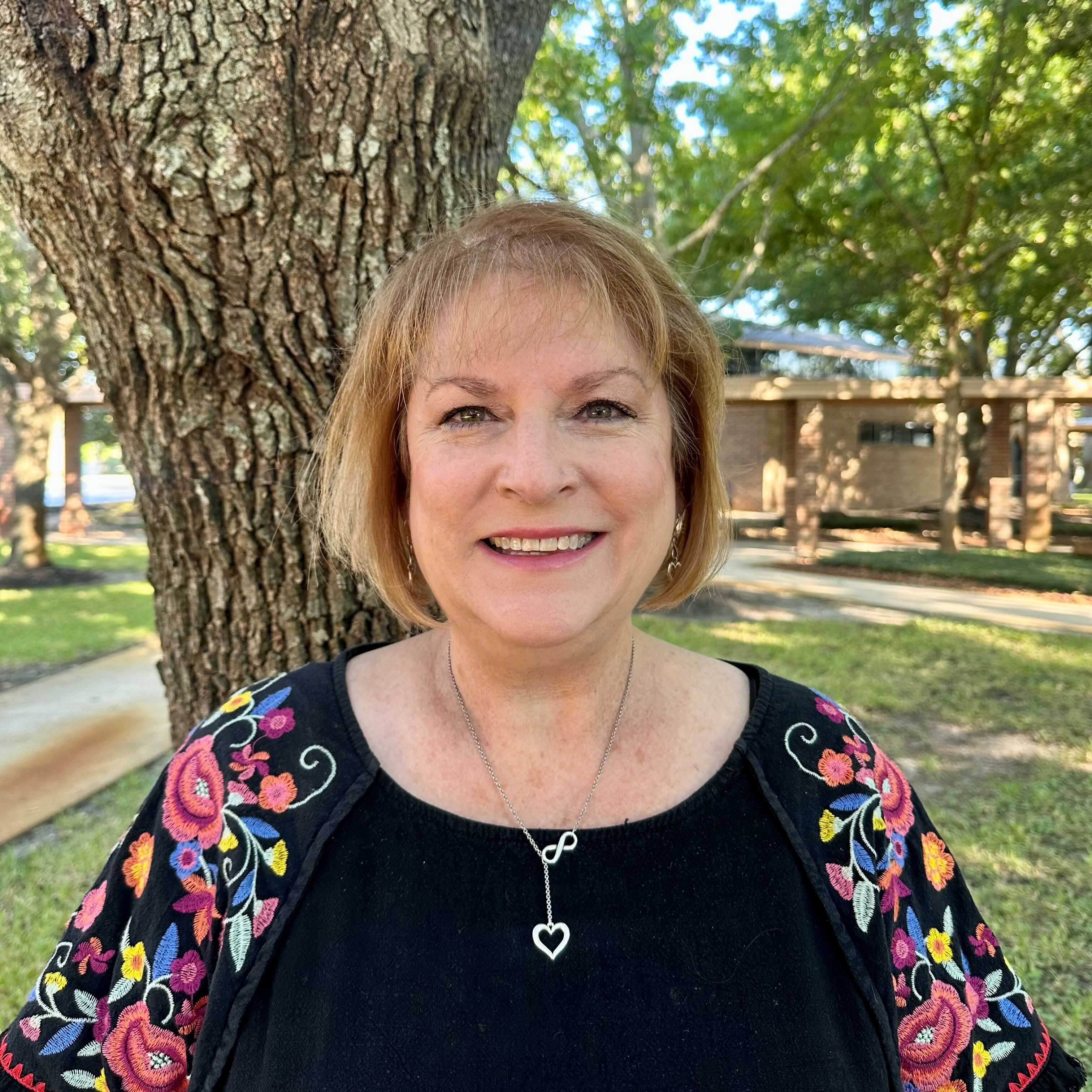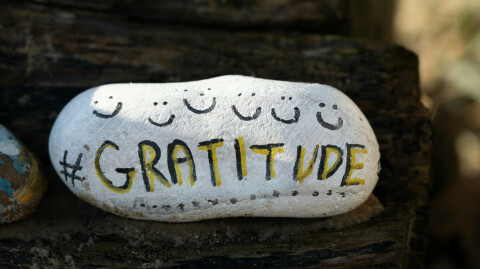It was a typical Sunday evening with the St. Nicholas choir about a month away from Easter. I was attempting to explain to my young students the meaning behind our song concerning the death and resurrection of Jesus. Heavy stuff even for adults! A small hand shot up from the first row. With a gravely serious face little Olivia said, “My grandmother was crucified, and I went to her burriage.” I literally had to bite the inside of my cheek to maintain control, and thanked her for sharing her connection to our story. She was using her small base of personal knowledge to make sense of a story that theologians over the centuries have also struggled to understand. Olivia just didn’t have the terminology in her vocabulary yet, which is what makes this particular story one that will be lovingly seared in my memory forever!
Making connections is what storytelling is all about. I remember sitting at my grandmother’s knee as she told stories about living in Boomtowns during the early days of Texas oil and gas exploration. It was difficult for me to imagine her sweeping the dirt floor of their home in the tent city of Burkburnett, while my grandfather drove the large pipe wagons with a six-mule team. (It also explained why she was so fastidious and always wanted things to be sparkling clean!) She would say my mother was “spoiled” because she had been the only one of her three girls to be born in a hospital. Those of you who grew up in the days when radio programs were like television is today know how powerful an oral story can be, and how the mind has to create images to make those stories understood. Audio books and podcasts are the “radio” of today, and our imagination works to fill in the gaps.
As we prepare our new Godly Play Workrooms for Sunday School in the Fall, we are mindful of the story in the word “history”. The Bible is a rich anthology of historical stories that have been enjoyed by people over the centuries, but many of these stories are difficult for us and for our children to imagine with our “modern eyes”. In my years as an elementary school teacher, some of the best training I received was in Differentiated Learning Styles. People can be auditory, visual or tactile/kinesthetic learners, many times a combination of these. (In my experience, retaining a person’s name is much more likely when it can be heard AND seen on a name tag!) It has been proven that when a child involves many different senses in a learning experience, retention of that knowledge is much more likely.
In our Godly Play Workrooms, the lesson is carefully and purposefully placed in front of the circle of children in a box or basket, immediately engaging the curiosity of the group. The storyteller places the visual aids as the story unfolds, involving the auditory and visual senses. These visual aids are essential for the children to make sense of stories that are often quite fantastical. For instance, the story of Moses parting the Red Sea is demonstrated using a “desert box” filled with sand. Small wooden figures show the exodus of Moses and the Hebrews. Two strips of blue felt are rolled sideways to demonstrate how God parted the Red Sea, and the wooden figures are moved across dry land to the other side. Participation of all the senses in a lesson of this kind is invaluable in making meaning. After the lesson, the children can paint, draw, or sculpt their own interpretation of the story, synthesizing the meaning even more deeply. They also have an opportunity to take any lesson off the shelf and reenact the story for themselves, engaging the tactile/kinesthetic senses in the process.
Godly Play has many more rich stories that are waiting to be told. Each of our three leveled Godly Play Workrooms will be fully equipped with story boxes and visual aids to meet each child where they are developmentally. They are crucial in helping our children to form a deep and lasting Christian foundation that will serve them for the rest of their lives. We have a wonderful foundation of materials and stories already in the Workrooms, but we do need to purchase and gather the remainder to make the Godly Play Workrooms come fully alive. We are asking for your help to make it happen with a donation. If you find yourself visualizing a Bible story, and wish you could see it in real life, please take one or more of the “lost sheep” on the small Christmas tree in the Narthex to donate a Godly Play item. You can put it in the offering plate with your donation, or donate through the “Give” button on the church website. Your generosity will be a lasting legacy to the children of St. Dunstan’s, and will be utilized and loved for years to come!
DONATE ONLINE AT www.saintdunstans.org/give





